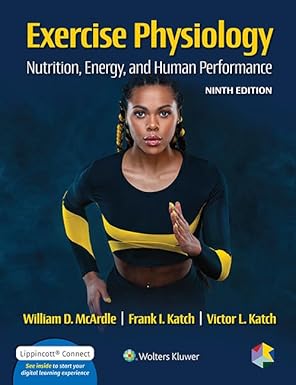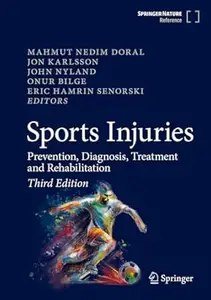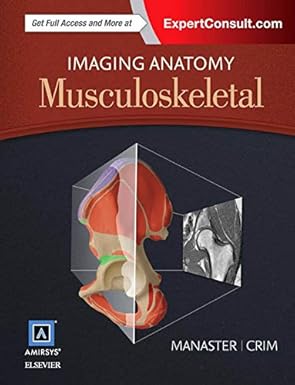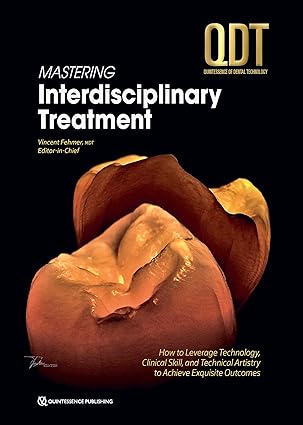The Ganglioside Ceramide Structures Ceramides are N-acylated long-chain aliphatic amino alcohols called sphingoids. The most commonly occurring sphingoid is the unsaturated compound (2S,3R,4E)-2-aminooctadec-4-ene-1,3-diol, worldwide reported as d18:1 or C18-sphingosine (Carter et al. 1947; Karlsson 1970; Carter et al. 1961). The corresponding saturated compound originally named “dihydrosphingosine” should now be as sphinganine, C18-sphinganine, or d18:0. Figure 4 shows the correct representation for a 2S,3R,4E sphingoid (Fig. 4a) and the corresponding ceramide (Fig. 4b). The second more abundant mammalian sphingoid contains 20 carbon atoms, the eicosasphingosine, or d20:1 or C20-sphingosine. The fatty acids of naturally occurring ceramides range in chain length from about C16 to about C 26 and may contain one or more double bonds and/or hydroxyl substituents at C-2. The fatty acid linked to the sphingosine of the nervous system
چکیده فارسی
ساختارهای سرامید گانگلیوزید سرامیدها آمینو الکل های آلیفاتیک با زنجیره بلند N-آسیله شده به نام اسفنگوئید هستند. شایع ترین اسفنگوئید ترکیب غیر اشباع (2S,3R,4E)-2-aminooctadec-4-ene-1,3-diol است که در سراسر جهان به عنوان d18:1 یا C18-اسفنگوزین گزارش شده است (Carter et al. 1947; Karlsson 1970). کارتر و همکاران 1961). ترکیب اشباع مربوطه که در ابتدا "دی هیدروسفینگوزین" نام داشت اکنون باید به صورت اسفنگانین، C18-اسفنگانین یا d18:0 باشد. شکل 4 نمایش صحیح اسفنگوئید 2S,3R,4E (شکل 4a) و سرامید مربوطه (شکل 4b) را نشان می دهد. دومین اسفنگوئید پستانداران فراوانتر حاوی 20 اتم کربن، ایکوزاسفنگوزین، یا d20:1 یا C20-اسفنگوزین است. اسیدهای چرب سرامیدهای طبیعی دارای طول زنجیره از حدود C16 تا حدود C26 هستند و ممکن است حاوی یک یا چند پیوند دوگانه و/یا جایگزینهای هیدروکسیل در C-2 باشند. اسید چرب مرتبط با اسفنگوزین سیستم عصبی
ادامه ...
بستن ...
ew proteins. This is due to several features associated to their structure that, all together, thermodynamically favor their aggregation (Sonnino et al. 2006, 2007) (see Table 7). The Ganglioside Structures: Chemistry and Biochemistry 11 Table 7 The main ganglioside features that favor the formation and stabilization of membrane lipid domains – The strong hydrophobic interactions with the other hydrophobic membrane components – The organization at the water-lipid interface of a net of hydrogen bonds both like donor and acceptor, involving the amide linkage of ceramide – The large surface area required by the monomers to remain inserted into the membrane, due to their big dynamic hydrophilic head group – The association of water to the head group useful to form bridges with the neighboring membrane components – Their exclusive association to the outer layer of the plasma membrane favors positive convex curvature useful to stabilize the edges of membrane invaginations But gangliosides must be carefully manipulated when available in pure form after tissue extraction or when added to cells for any type of studies. As amphiphilic compounds with very well-balanced hydrophilic-hydrophobic effects, they form aggregates in water solutions (Sonnino et al. 1994). Aggregates are of variable shape, from small quite spherical micelles of GT1b to vesicles of GM3, this depending essentially by the number of sugars in the head group. Differences in the ceramide structure, changing the ganglioside hydrophobic vol- ume, participate in addressing the final aggregate shape. Thus, in water solutions the number of monomers is always very low, from 10- 5 M for GT1b down to 10-10 M, or less, for GM3. Gangliosides added to the medium of cultured cells interact with the cell surface as monomers and become membrane components and located correctly into the lipid raft already enriched of sphingolipids and cholesterol. Then these gangliosides, now indistinguishable from the endogenous ones, enter into the metabolic pathway together with the endogenous membrane gangliosides. Aggregates of gangliosides can interact with membrane proteins remaining weakly associated to their protruding soluble portion. But with time and depending by their shape, they are endocytosed and directed to lysosomes. All this above, considering that the half-life of monomer release from the aggregate is very long, says that only a very minor portion of gangliosides added to cells in culture become new cell membrane components. Ganglioside monomers stick strongly to a number of surfaces used in any laboratory, such as glass, dialysis tubes, and plastics. Gangliosides dissolved in organic solvents, like dimethylsulfoxide and ethanol, are often present as monomers or dimers. This property is used to prepare micro titration plate useful to analyze sera for their anti-ganglioside antibody content. 12 L. Mauri and S. Sonnino 4 Biochemistry of Gangliosides Gangliosides are components of all the cell membranes but are particularly abundant in the plasma membranes of neurons. They are present on the cell surface, as a pattern of structures differing in both the oligosaccharide and ceramide portions. Their structure and quantity depend on four separate processes in equilibrium with each other, i.e., (1) the de novo biosynthesis, (2) the structural modification on the cell surface, (3) the catabolism, and (4) the intracellular trafficking (Tettamanti 2004). Figure 5 reports a scheme of the synthesis of gangliosides and Fig. 6 the ganglioside complex metabolic pathways
ادامه ...
بستن ...










![Clinical Management of Swallowing Disorders (6th Edition) [2025] - Orginal Pdf Clinical Management of Swallowing Disorders (6th Edition) [2025] - Orginal Pdf](https://dl.libsan.ir/images/1/12/Clinical Management of Swallowing Disorders_68fdc2997972e.webp)